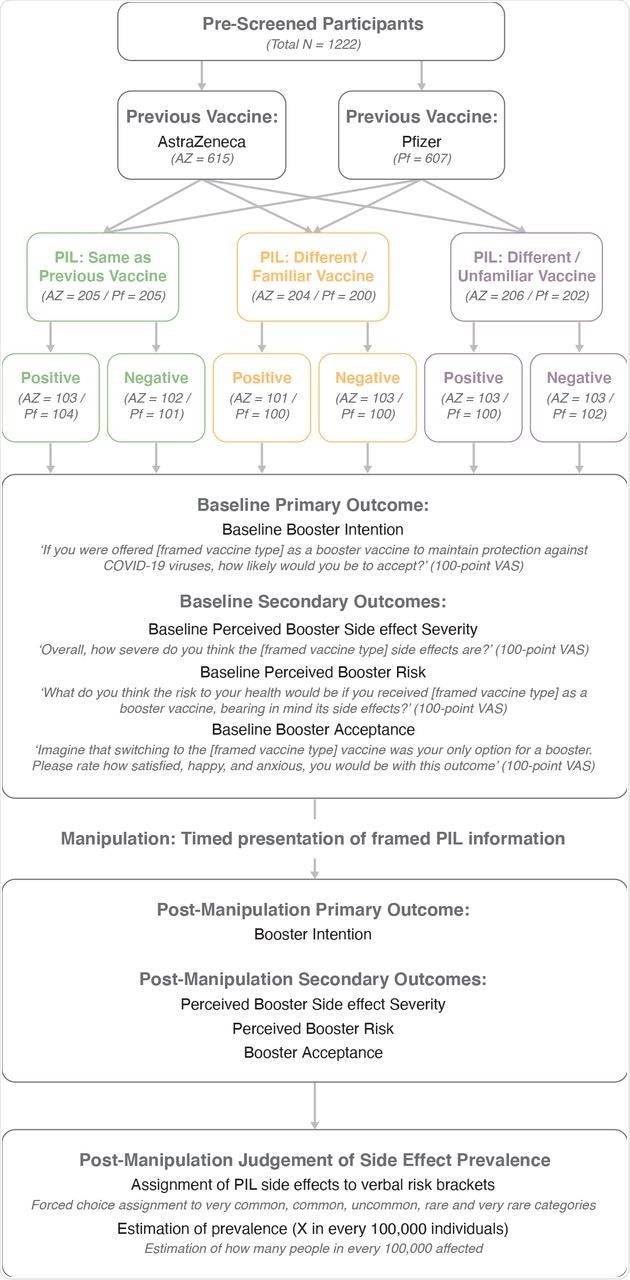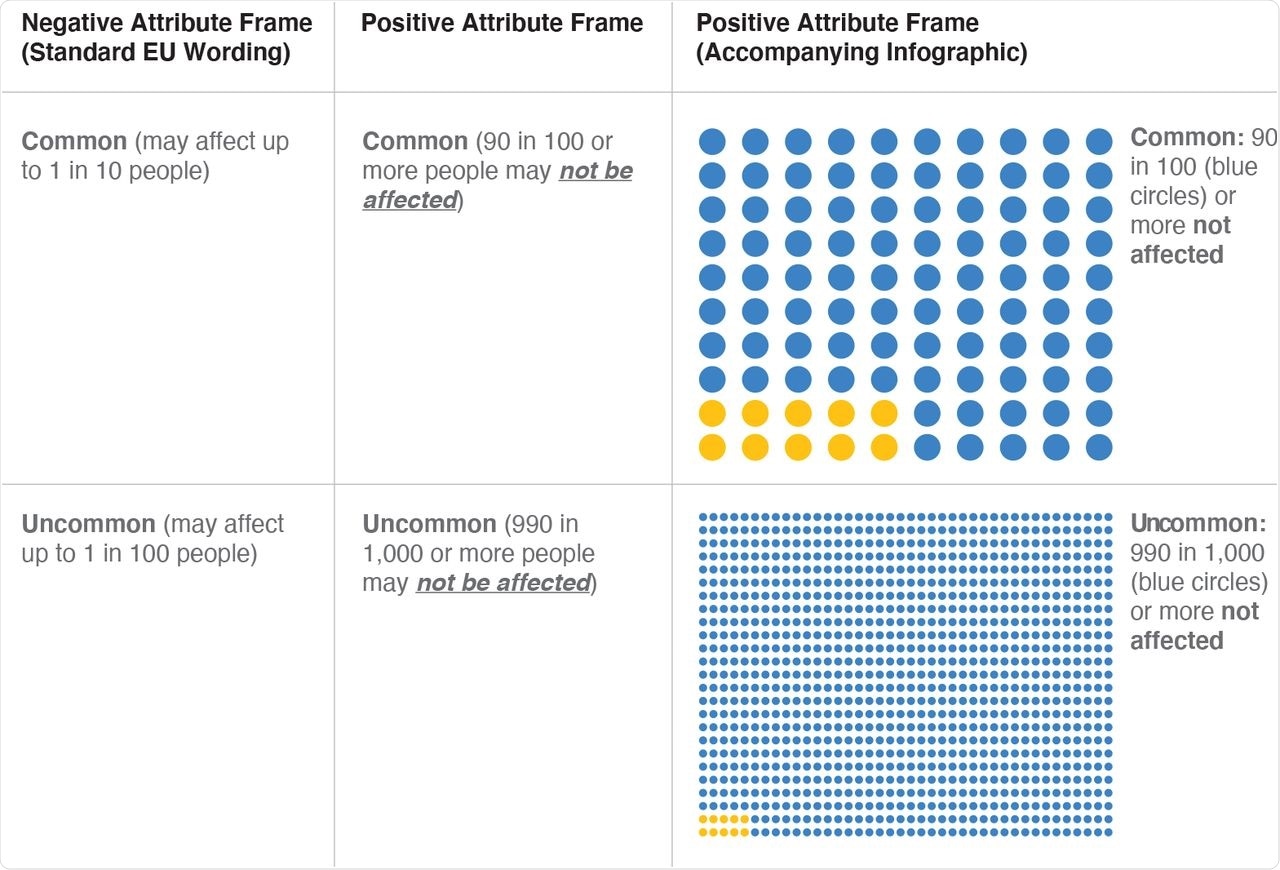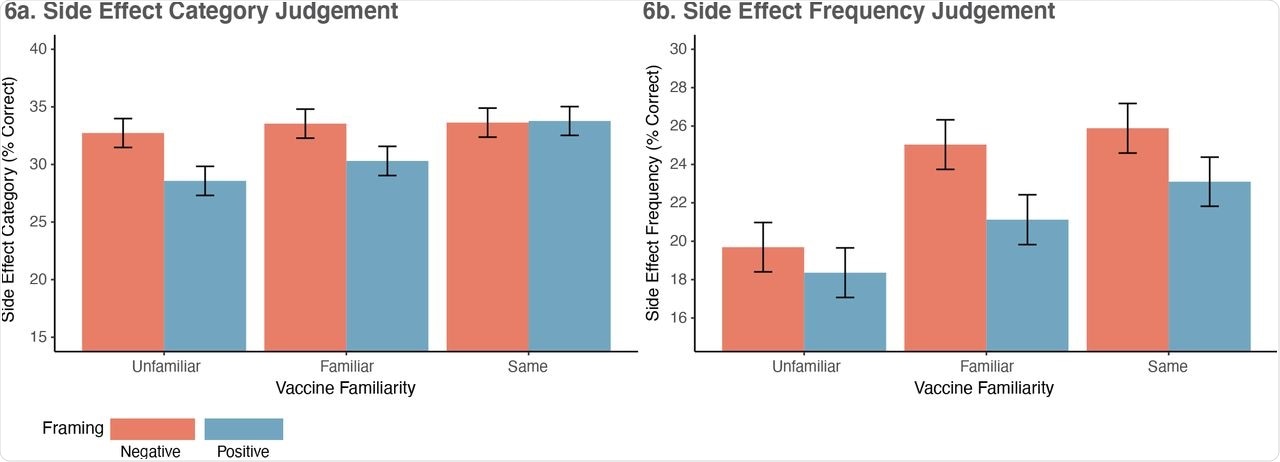Due to the emergence of several severe acute respiratory syndrome coronavirus 2 (SARS-CoV-2) variants of concern, vaccine-induced immunity to protect against severe coronavirus disease (COVID-19) has been found to wane over time. As a result, many countries around the world have mandated COVID-19 booster shots, which has rapidly increased the demand for vaccines.

 This news article was a review of a preliminary scientific report that had not undergone peer-review at the time of publication. Since its initial publication, the scientific report has now been peer reviewed and accepted for publication in a Scientific Journal. Links to the preliminary and peer-reviewed reports are available in the Sources section at the bottom of this article. View Sources
This news article was a review of a preliminary scientific report that had not undergone peer-review at the time of publication. Since its initial publication, the scientific report has now been peer reviewed and accepted for publication in a Scientific Journal. Links to the preliminary and peer-reviewed reports are available in the Sources section at the bottom of this article. View Sources
The public health threat of vaccine hesitancy
Despite the widespread availability of vaccines and evidence supporting their efficacy and safety, vaccine hesitancy remains a global health threat. One of the primary factors contributing to vaccine hesitancy is the apprehension of severe adverse reactions.
“Message framing” is one method that has been recommended by the World Health Organization (WHO) to reduce negative perceptions and vaccine hesitancy regarding side effects. Message framing of vaccine-relevant information can be either include positive or negative attribute framing.
Positive attribute framing, for example, emphasizes inverse incidence rates. This can include messages like ‘60% of vaccinated individuals will not get a sore arm,’ as opposed to using positive incidence rates like ‘40% will get a sore arm.’
One previous study on the influenza vaccine found that positive attribute framing reduced the expectation and experience of side effects, improved people’s belief in the vaccine, effectively increased perceived protection from influenza and reduced distortions in the perception of side effect risk. The utilization of positive message framing has demonstrated similar results in encouraging the public to take various other types of vaccines.
Several previous studies that have examined message framing techniques in light of the COVID-19 pandemic have produced mixed results. Furthermore, many of these studies used fictitious COVID-19 vaccines or did not name specific COVID-19 vaccines that were approved for administration; therefore, the investment of these study participants in these hypothetical situations cannot be fully determined.
As a result, there remains an urgent need to determine whether positive framing can effectively encourage unvaccinated people to receive currently approved COVID-19 vaccines. This is particularly important since prior knowledge on any given COVID-19 vaccine can contribute to any positive framing effect.
To this end, researchers in the United Kingdom applied message framing techniques to the side effects associated with the AstraZeneca, Pfizer, and Moderna COVID-19 vaccines and discuss their findings in their medRxiv* study.
About the study
A total of 1,222 patients who had received two doses of either the AstraZeneca or Pfizer COVID-19 vaccines were recruited to participate in the current study through Pureprofile, which is an international recruitment service, between October 27, 2021, and November 8, 2021. The median range of the study population was 52.5 years.
The study participants were subsequently randomized to one of six experimental conditions, as shown below. Baseline ratings were collected regarding primary and secondary outcome measures that assessed the intention of the participant to receive a booster dose, as well as their perceptions on the risk and side effects that may be associated with the third dose of their respective vaccines.

Sample size, experimental design, and item wording for primary and secondary outcomes.
The study participants’ familiarity with the side effects of all available vaccines was also assessed to determine their knowledge of adverse effects. Their responses were then categorized as either Same, Familiar, or Unfamiliar.
Positive and negative attribute framing approaches were then applied to 14 side effects that were provided by the three vaccine manufacturers for the COVID-19 vaccines included in this study. The study participants were asked to determine whether the given side effect was very common, common, uncommon, rare, or very rare, as well as provide an estimate on the frequency that the given side effect could occur.

Positive and negative wording used to frame common and uncommon side effects.
Study findings
Taken together, 88% of the participants had not been infected with COVID-19, while 46% reported infections among family and close friends. All study participants had received their last COVID-19 vaccine at an average of 4.8 months prior to when the study was conducted.
Over 47% of study participants did not experience side effects to either vaccine dose. Of those who did report a side effect, 30% reported that the first dose was more frequently associated with severe side effects.
Overall, positive message framing was found to reduce the participants’ perception in the severity of side effects associated with a booster vaccine dose. This observation was strongest when side effects were perceived as severe at baseline. Although positive framing was found to reduce the perception of risk associated with booster vaccine doses when the participant was familiar with the vaccine, this difference was not statistically significant.
The study participants were also asked to imagine that a specific vaccine was their only option for a booster. When negative framing was applied to this question, the participants had lowered satisfaction and happiness reports.
Importantly, all effects of positive framing were found to be the strongest when the baseline intentions for receiving a booster vaccine were low. This observation, therefore, demonstrates that positive framing can be particularly effective when used to encourage those with low intentions to receive a booster to get their third vaccine dose.

Mean percentage of correct category (6a) and frequency (6b) judgements. All error bars represent ± 1SEM.
Future direction
The findings from the current study demonstrate that any type of message framing approach should be carefully curated depending on the level of familiarity the individual has with a given vaccine. In particular, the researchers found that positive message framing was particularly impactful when the vaccine was unfamiliar, whereas this approach may not be as effective when the vaccine is familiar.
Importantly, the researchers found that negative framing, which is the current communication standard used for the dissemination of information throughout the European Union, may be more impactful when the vaccine is familiar. Comparatively, positive framing had a more important role in increasing favorable perceptions of COVID-19 vaccines, decreasing perceptions of side effect severity, and increasing patient satisfaction and happiness.
Although the findings from this study provide support for the advantages of positive message framing for increasing COVID-19 vaccine booster dose intention, the authors caution against applying positive framing to all vaccine types.

 This news article was a review of a preliminary scientific report that had not undergone peer-review at the time of publication. Since its initial publication, the scientific report has now been peer reviewed and accepted for publication in a Scientific Journal. Links to the preliminary and peer-reviewed reports are available in the Sources section at the bottom of this article. View Sources
This news article was a review of a preliminary scientific report that had not undergone peer-review at the time of publication. Since its initial publication, the scientific report has now been peer reviewed and accepted for publication in a Scientific Journal. Links to the preliminary and peer-reviewed reports are available in the Sources section at the bottom of this article. View Sources